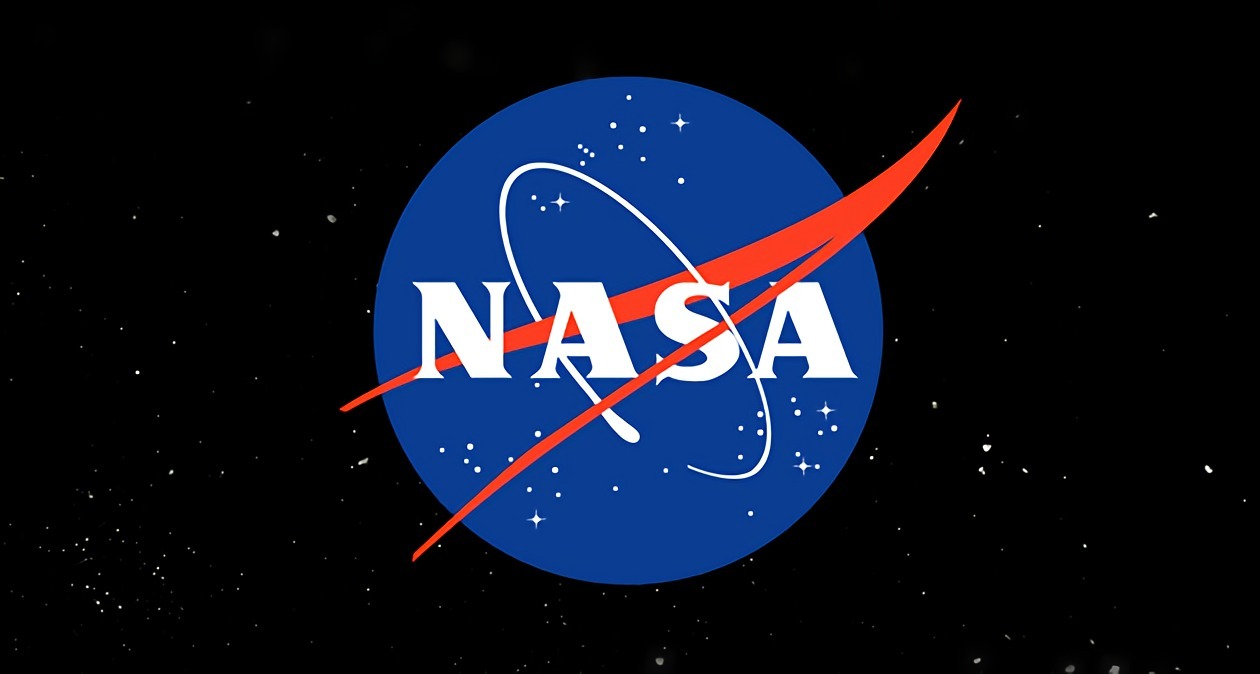
Welding Technology at NASA
It’s not easy sending a probe to Mars or a satellite to orbit the Earth. A team of countless technicians, engineers, and scientists must work together to perfect projects. Welders looking for exciting jobs have many options to choose from, but spacecraft welding is certainly an exciting prospect although not easy to get. NASA welders are among some of the most prestigious and skilled metalworkers in the world.
Innovations
A welding career at NASA always pushes the boundaries. Their welding crew recently completed the pressure vessel for the Orion vessel, a moon-bound spacecraft set to launch in 2018.1 One day, NASA believes the Orion will be able to send human beings to the moon, to Mars, and even beyond.
The innovation of the Orion project shows the importance of quality welding. The welders working on the Orion had to drop the number of welds in order to save weight. Their original spacecraft had thirty-three welds; the team managed to drop it to just seven. This saved seven hundred pounds of weight; at a cost of about ten thousand dollars per pound of spacecraft this results in a savings of seven million dollars. 2
Advanced Welding Technology
Advancements in technology help NASA welders create the strong metal bonds necessary to launch shuttles into space faster and at a fraction of the previous price. Friction stir welding is one such innovation. A combination of frictional heating and forging pressure, the process softens metals into a plastic-like state; when the metal substance is stirred with a rotating pin tool, a uniform welded joint forms between two metal surfaces. NASA welders are using the process extensively to manufacture the Space Launch System.3
Welding Tools
Sometimes a metalworking career at NASA means creating instruments to do the welding for you. NASA welders have built six massive welding tools for their spacecraft construction projects, each designed for a particular purpose.4
Have You Considered a Career in the Skilled Trades?
Fill out the form to recieve a no obligation info packet.
- Circumferential Dome Weld Tool: creates friction stir welds for cryogenic storage tanks needed to transport the liquid oxygen that’s a critical ingredient of rocket fuel.
- Vertical Weld Tool: works on wet and dry surfaces of the Space Launch Center core, welding panels together on pressure tanks and engines.
- Segmented Ring Tool: as the name suggests, uses friction stir welding in order to produce the support rings for the domes and tanks of the Space Launch Core.
- Vertical Assembly Center (VAC): used to join together domes, rings and barrels to complete the tanks or dry structure assemblies. The tool also will perform nondestructive testing on the completed welds. The VAC, measuring 170 feet tall and 78 feet wide, is one of the world’s largest welding tools.
NASA welders help to operate these massive tools, while also maintaining quality testing and validation to ensure that no part of a spacecraft is improperly sealed or joined. Given that some rockets cost half a billion dollars, NASA spares no expense for their crew of welders and technicians in order to get the job done to satisfaction.5
A Career in Space
Welders seeking out rewarding and challenging careers could have the opportunity to join NASA and help to explore the vastness of space. Welders need to be highly skilled and capable of passing qualification tests, making it imperative to get the necessary welding training to begin on this, or any, welding career trajectory.
Additional Sources
1. http://www.universetoday.com/126581/nasa-completes-welding-on-lunar-orion/
2. http://www.nasa.gov/centers/marshall/news/background/facts/astp.html_prt.htm
3. https://www.nasa.gov/exploration/systems/sls/12-056.html#.VsyqRYwrKpd
4. http://www.nasa.gov/centers/marshall/news/news/releases/2013/13-080.html
5. http://www.space.com/17556-giant-nasa-rocket-space-launch-cost.html
This blog has been labeled as archived as it may no longer contain the most up-to-date data. For a list of all current blog posts, please visit our blog homepage at https://www.tws.edu/blog/




